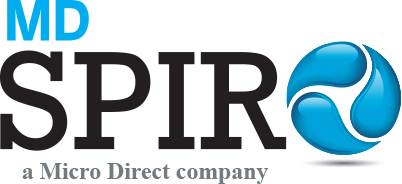February 05, 2013
Infertility and Childhood Asthma
The study found that children born to parents who sought treatment for fertility issues were more likely to experience asthma, wheezing and to be taking asthma medication at the age of 5 than children who were conceived without medical intervention.
The researchers did not find that the parents’ infertility treatments caused asthma in their children, but rather that there is a slightly higher chance that children born after fertility treatments might develop asthma. More research is needed to better understand the link.
Claire Carson, PhD, a researcher at the National Perinatal Epidemiology Unit at the University of Oxford (UK), and colleagues led the study to find out if there was a link between parents’ infertility treatments and the likelihood that their children would develop asthma.
The study authors used data from a larger study called the Millennium Cohort Study (MCS) to perform their research. The MCS has followed over 18,000 children in the United Kingdom born between 2000 and 2002.
The children were recruited into the MCS at nine months of age. Interviews were performed with their caretakers to get demographic information. Health data for both parents and children was also gathered, including information about the pregnancy and any infertility treatment.
The infertility treatments they asked about included assisted reproductive technologies (ART) like in vitro fertilization (IVF) and intracytoplasmic sperm injection (ICSI), a technique sometimes used in IVF.
The children were followed up at 3, 5 and 7 years of age. Data for the present study was used from 13,000 of the MCS children at the 5- and 7-year follow-ups.
At these follow-ups, caretakers were asked what experiences their child had had with asthma or wheezing, including how often the symptoms occurred, how severe they were and if the child was taking medication.
The results showed that approximately 15 percent of the total study population had asthma at ages of 5 and 7 years. Of the children born to parents who had used infertility treatments, 24 percent had asthma at ages 5 and 7.
In this group, boys had higher rates of asthma than girls. At the ages of 5 and 7 years, 17 percent of the boys had asthma while 12 percent of the girls were asthmatic.
The asthmatic children had several things in common. They were more likely to have a family history of asthma, to have less wealthy and less well-educated parents, to be born earlier and at a lower birth weight and were less likely to be breastfed than the children without asthma.
To continue reading about this, please read more here.
